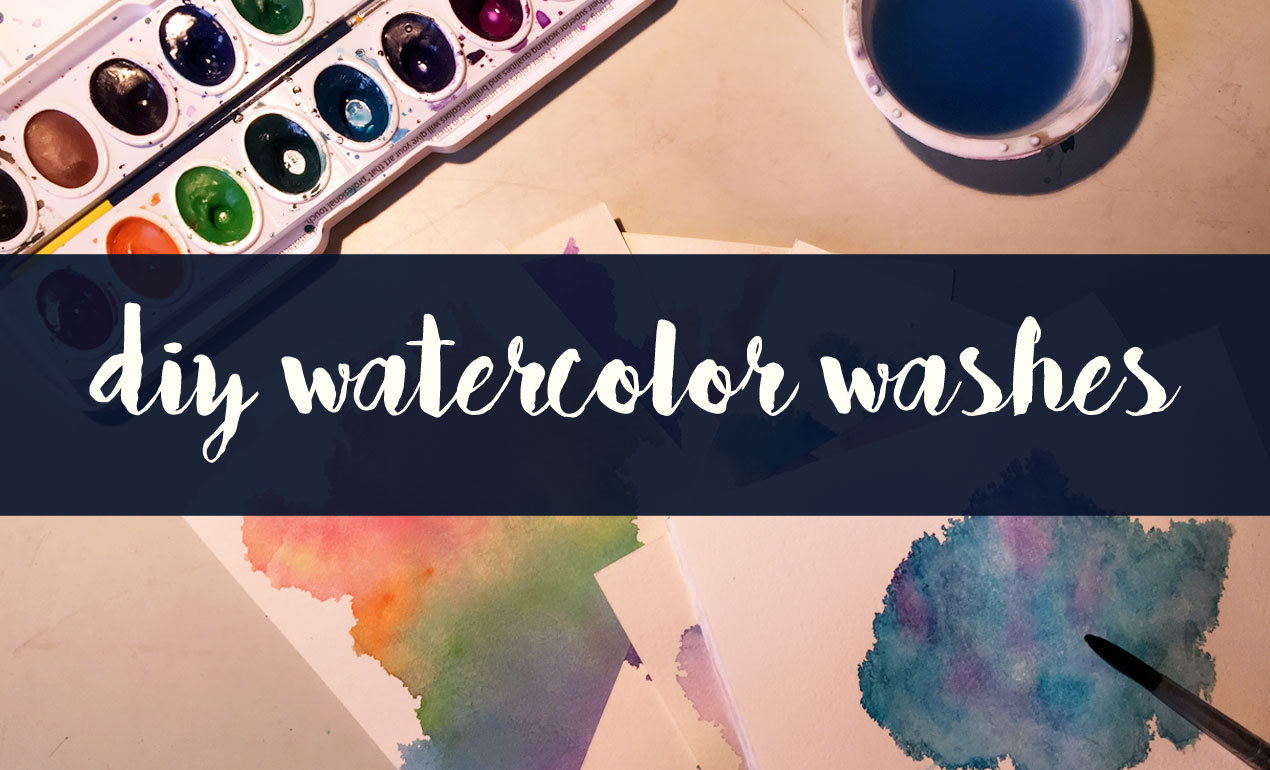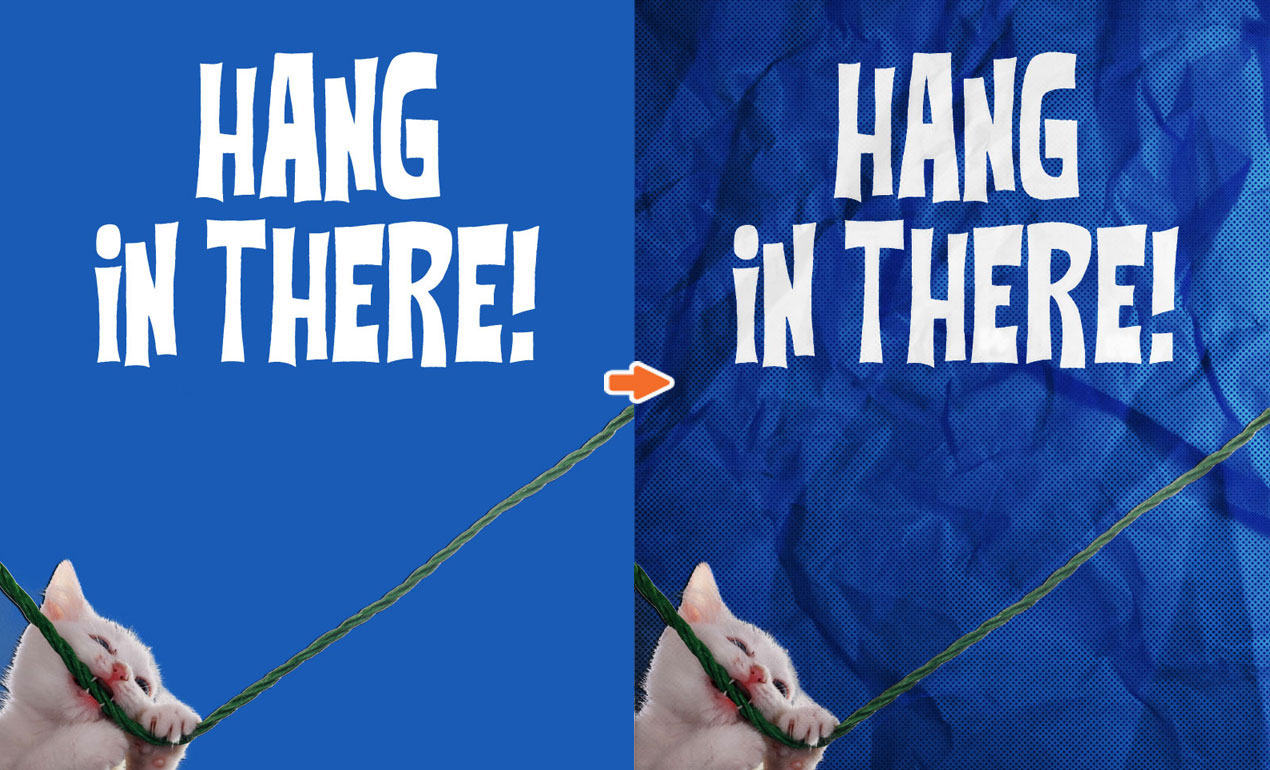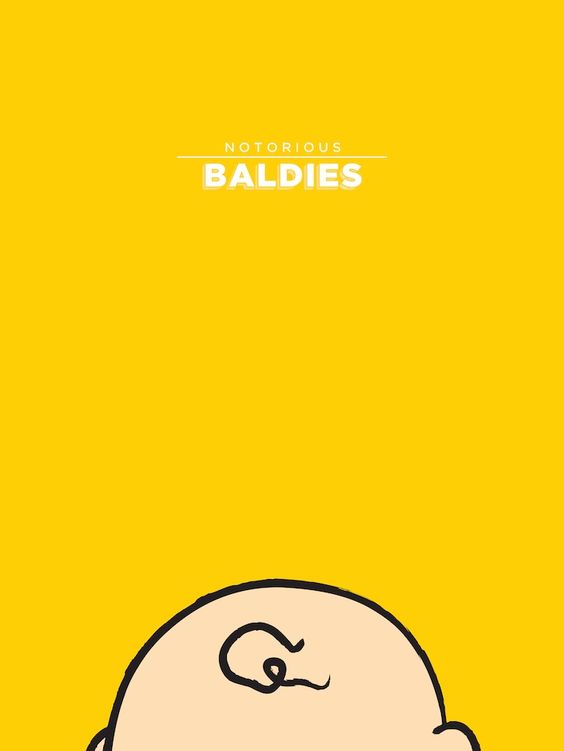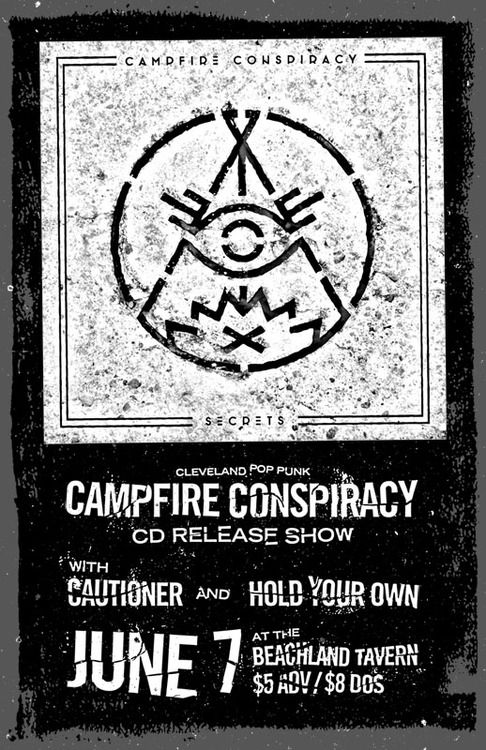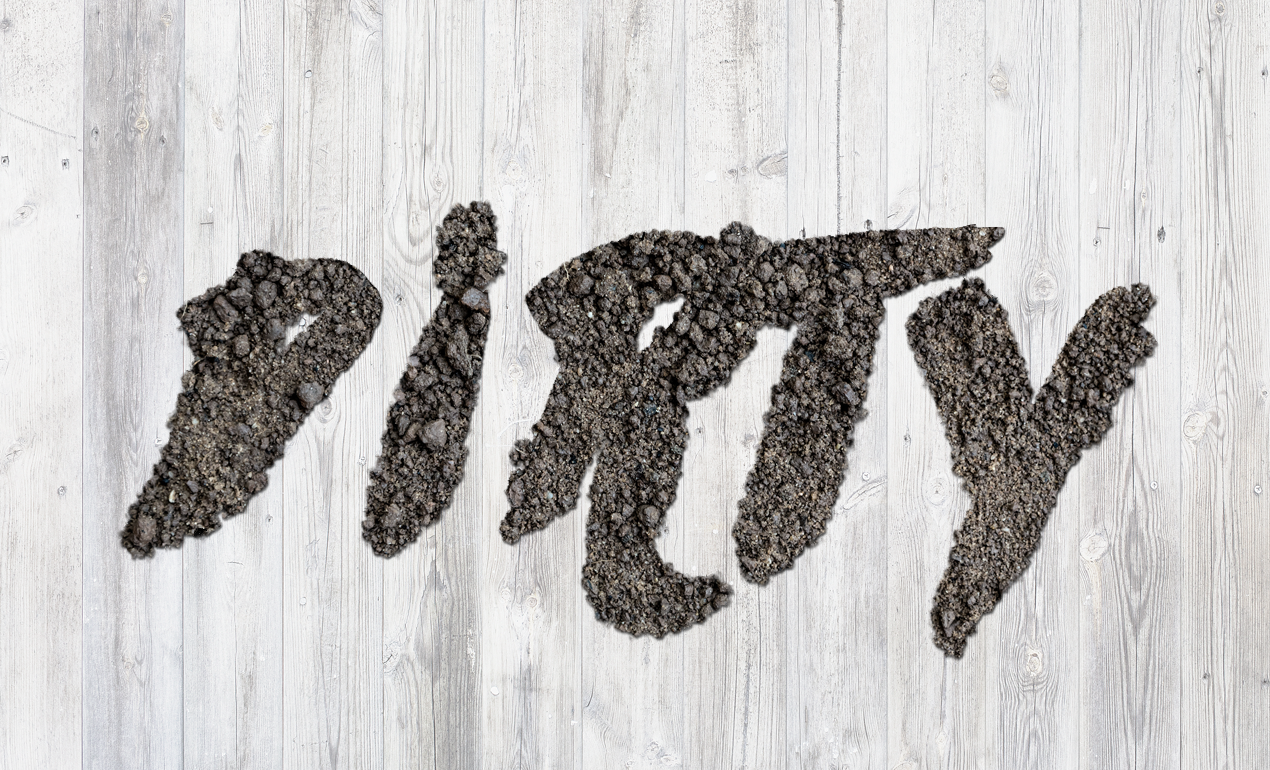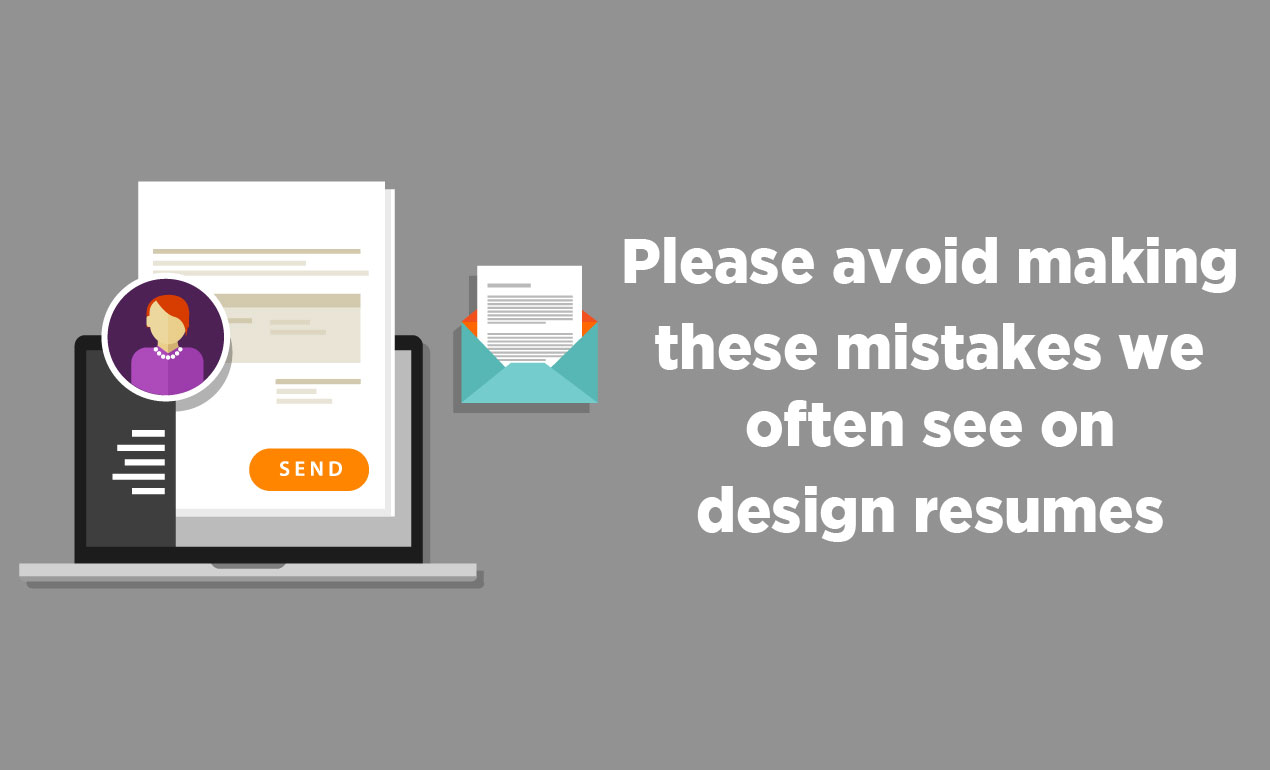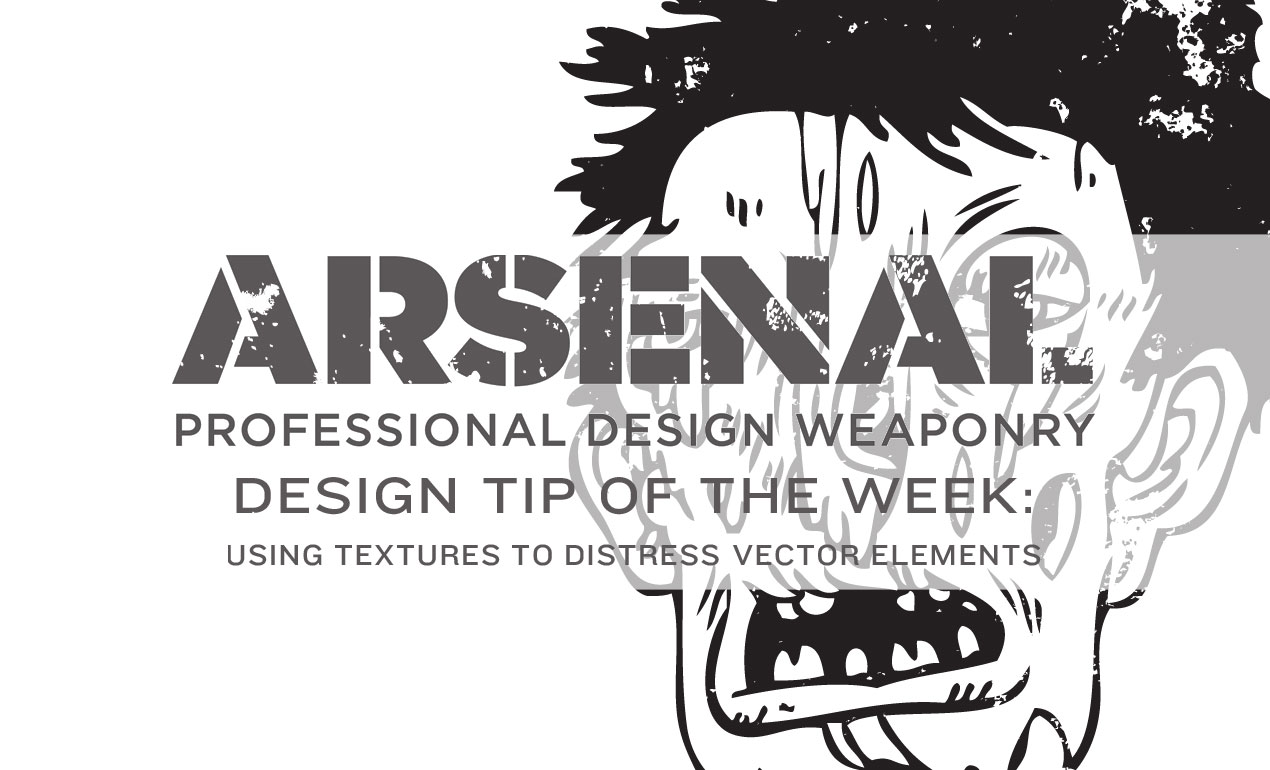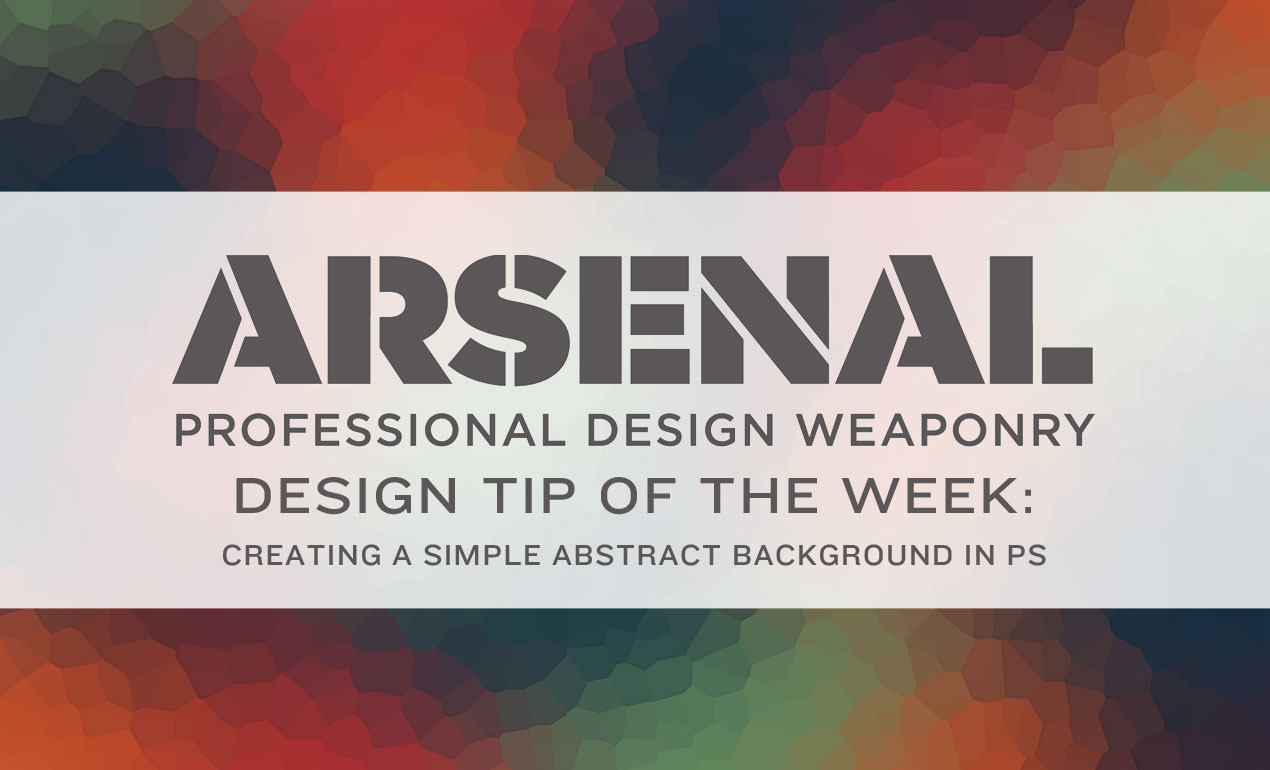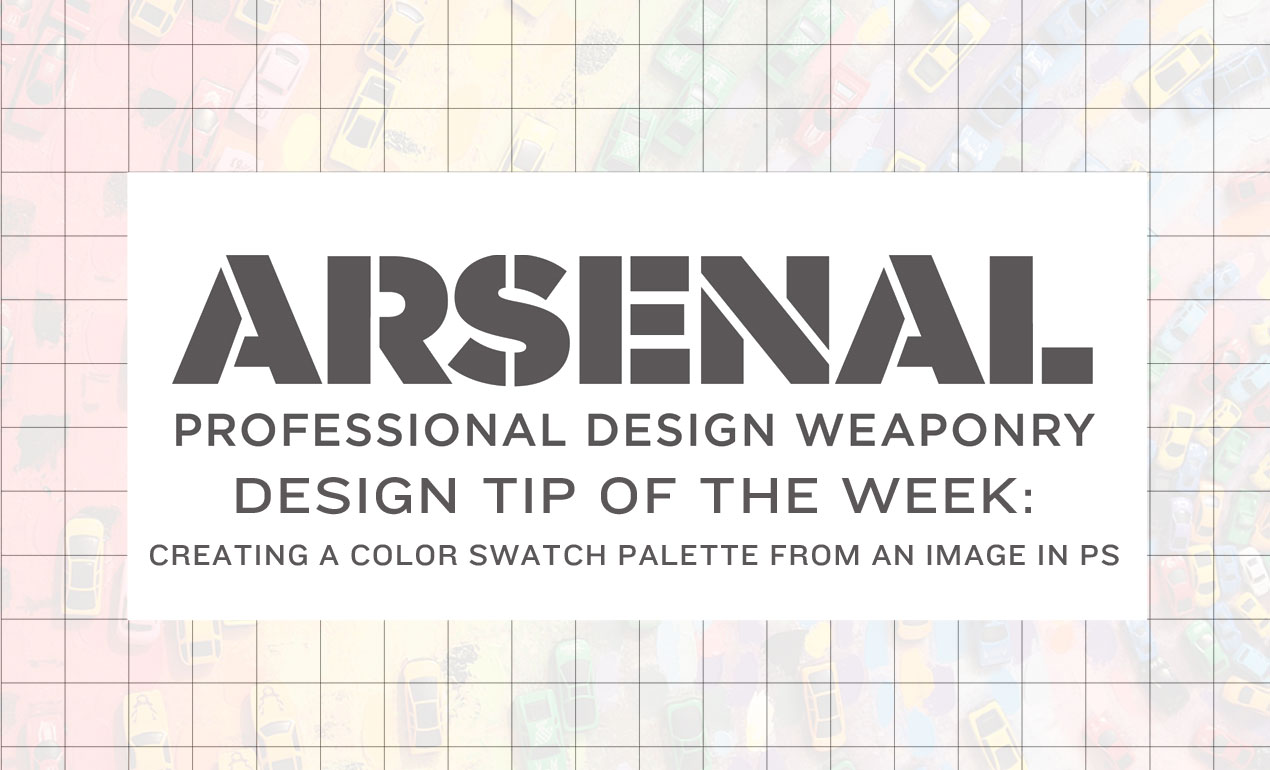Author Archives: Go Media
Join Cleveland’s coolest creatives for a night of fun, frivolity, and fundraising. Get an inside look at the Go Media office, rub elbows with the creative class, shop for amazing artwork, drink, eat, listen to music and help support the Center for Arts Inspired Learning, an organization that truly changes lives through the arts.
The Center for Arts-Inspired Learning’s teaching artists turn geometry into a dance class or social studies into an action news studio and push kids to get inspired about learning and proud of what they can achieve. Last year alone, over 200,000 pre-K through high school students were impacted by their work in over 7,000 programs.
The details:
Who: You and 10 of your best friends
When: Friday, March 10th, 2017 from 5:30 to 9:00 pm
Where: Go Media Headquarters – 4507 Lorain Avenue, Cleveland 44102
How: It’s an open house, so please come anytime. Admission is free. RSVP on our Facebook page.
We can’t wait to see you there!
In today’s Design Tip of the Day, we’re creating DIY Watercolor Washes using a fun and easy method that results in completely one of a kind, abstract elements like some of the ones we just released in our Watercolors 3 Elements and Texture Pack. Want to see how we created them? Let’s go! Read More ›
How to Create a Coloring Book in Photoshop >
It’s time for the holidays! That means lots of relaxation time, including time spent curled up by the fire. If you’re like me, it’s hard to keep still when all you want to do is create all the time. This is where coloring books come in. They’re perfect for cold winter nights when you need to keep yourself busy without going into full work mode. Read More ›
Free Snowflake Brush Freebie
Join us every Thursday, when your friends here at the Arsenal take over the Go Media blog to share insights, tips, freebies or other fun to brighten your work day. Read More ›
Snow Overlay Freebie
Join us every Thursday, when your friends here at the Arsenal take over the Go Media blog to share insights, tips, freebies or other fun to brighten your work day.
Today we’re releasing snowy overlay to make your holiday a little brighter. Open up a festive photo in Photoshop, file > place your new overlay on top and you’re done!
Love our products? Access our huge product library ($11k in resources) and exclusive content for only $15/mth. Yes, seriously. Learn more now.
Download it now: Snowy-Overlay from Go Media
How to Use Paper Textures in Photoshop >
What’s better than the old “Hang in there” cat poster? Not much in my book. But today, we’re going to add a little more character to one, just for kicks, using our new Crumpled Paper Texture Pack. Let’s see if we can make something purr-dy fantastic even better! Read More ›
In today’s Weapons of Mass Creation talk, Co-Founder, Vice President and Chief Technology Officer of Go Media, Wilson Revehl is up to bat.
After leading Cleveland’s Go Media through its best worst year ever, Wilson Revehl packed up and took his talents to some beach in Florida. There he learned sand ruins laptops and sunburns smack of the apocalypse. This WMC, Wilson returns from South Florida to Cleveland. Unlike LeBron, he’s not rich, famous, tall or good at sports (or sports metaphors). But he has realized how to win in design and wants to share what it takes.
Wilson Revehl is the Co-Founder, Vice President and Chief Technology Officer of Go Media. He is a veteran Graphic Designer and Web Developer with an early career dating back to the .com bubble of the late nineties. He has been involved in hundreds of website and web application launches of all scales. Wilson’s expertise is in front-end and back-end development with a specialty in PHP, JavaScript, HTML, CSS and eCommerce. He is a WordPress enthusiast with countless plugins and customizations in the portfolio. Mr. Revehl manages our Amazon Cloud infrastructure, PCI Compliance and SaaS platforms. When not “sitting in front of the glowing box”, you can often find Wilson floating in the pool or on the water with his lovely wife and two kids. We think he was probably a manatee in a former life, or aspires to be one someday.
Enjoy Go Media’s Best Worst Year Ever:
Great Poster Design Tips:
Recently, we received an email from a Go Media friend asking a simple, yet incredibly complicated question: “What are the qualities of a good poster design?”
And while we’ve done many a blog post about posters that inspire us, we haven’t covered why they have done such a great job of doing so.
So today we are going to do our best to answer that question – as simply as possible.
As we all may know, a poster’s job is often three-fold; it serves to advertise and communicate information while acting as a piece of artwork.
A great poster communicates a message clearly.
Of those three tasks, the poster absolutely must deliver a message as clear as a bell, so that it is as digestible in as little time as possible.
To accomplish this, make sure your poster flows well to do that:
- make sure it is easy to read from a distance
- grabs the viewer’s attention with a main image or headline, then
- answers the questions who, what, when, where and how and
- leaves the least important details to the fine print
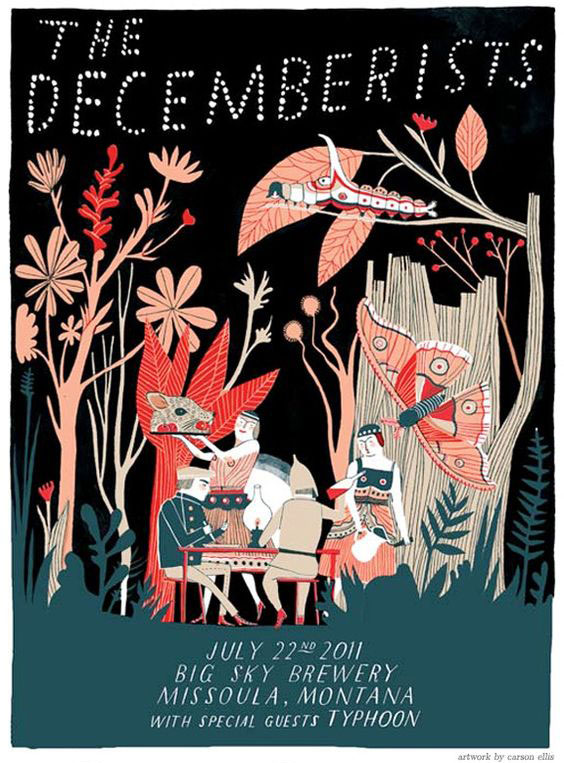
A great poster is simple.
In order to communicate your message, your poster should be relatively simple. If you bombard them with too much information, they’ll leave overwhelmed.
Remember:
- Less is more.
- Let it breathe! Leave enough white space so that the viewer can absorb the information.
- Choose complimentary color palettes
A great poster captures your attention.
When designing your poster, certain elements will capture the attention of your viewer above others. These include playing with:
High contrast
Dominant images
Bold and/or playful typefaces

Extreme minimalism
Bold color palettes
A monochromatic theme

A great poster motivates your viewer to take action.
Many posters serve to advertise shows, concerts, movies or other events. Your goal is to entice the viewer to respond to your art in some way, shape or form – by making a call, hitting up a website or heading to a show. Can you think of an out-of-the-box way for them to take action immediately, such as with a coupon code, QR code or by enticing them to enroll or sign up by a certain date for some wonderful reason?
A great poster knows where to call home.
When designing, it’s vital to keep in mind where it will call home. If it will exist in one environment only, you can cater its size and color to that environment. If not, make your choices understanding that this poster could live almost anywhere. Picture it both living in a dark dingy club or a on a bright red gallery wall.
A great poster starts a conversation with your viewer.
Most folks are on the move when they encounter a poster. If it’s clever in concept, they will be more likely to take time to interact with it. So, take the time to start a conversation with your viewer. Evoke an emotion in them. Make them laugh, think. Take them on a journey – if only for a moment.
A great poster is just plain lovely.
Yes, posters serve to communicate and call your viewer to take action, but they also serve as pieces of artwork. This only helps to reinforce their message. Enjoy the process!
Follow us on Pinterest for more posters we love!
Let’s Create a Text Portrait Poster!
In today’s tutorial, we are going to be creating a text photo poster created by combining the image of our choice with related text. I’ll create mine based on my favorite book of all time, The Catcher in the Rye. Which book will you choose? Read More ›
How to Become the Best Graphic Designer Ever >>
In today’s Weapons of Mass Creation talk, Cleveland design legend and WMC Fest emcee Aaron Sechrist’s topic is, “How to Become the Greatest Graphic Artist that Ever Lived…Like Ever). And believe us, he should know. Read More ›
In today’s Weapons of Mass Creation Fest talk, we are treated to some quality time with Joshua “Jay” Wallace, illustrator and graphic designer for the Columbus Crew Soccer Club. Read More ›
In today’s tutorial, we are using a stock image of soil to create this sweet text effect in Photoshop. Ready? Let’s go! Read More ›
On today’s podcast, Heather sits down with designers Jason Carne and Lenny Terenzi to talk about what happens when your passion for art and design is dampened by a stretch of creative burnout. Read More ›
In today’s Weapons of Mass Creation Fest 7 talk release, Jeral Tidwell talks Copyright, Analog Art, and Thinking Like a Badass. Read More ›
From time to time, Go Media faithful write and ask us for advice. They want to which printer we recommend, how to bill appropriately, or how to work that pesky Wacom. When we recently got questioned about a bad client, William Beachy – Go Media President, couldn’t help but respond immediately.
Here was the question we received:
Go Media Fan: Hello Go Media! I need some advice for billing a particular client. He would like for me to go from hourly to a flat rate for my work. He also does not want the responsibility of final approvals for her printed products. I would like to create a “Job Order” form or convince him to stay at hourly. I need to cover myself here. He wants no approval and also if a mistake is made he expects me to pay for it. (I am a very small business and can’t afford that.) Any advice?
Bill: My first instinct is just to let you know – this sounds like a bad client. Sometimes you gotta work with bad clients to pay the bills, but drop this client if they’re making you unhappy just as soon as you can.
Project-based billing is quite normal. Go Media does project based billing on 95% of our projects. We gather all the info, write up a ‘scope of work’ (detailed list of what we’re going to do) and put out a price that we will stick to so long as the project doesn’t change scope. If you’ve ever only done hourly billing – it would probably be good for you to learn how to do project based billing. It’s a skill you’ll need. Clients want payment options! If you only do hourly billing you will lose potential clients. You need to be flexible and offer billing options. Go Media works up all kinds of billing options: flat-fee, hourly, subscriptions, leases, extended payment terms, etc. Here are some tips about project based billing:
1. It takes a while to learn how long things really take you to get done… so, you may occasionally screw yourself by under quoting a job. BUT! You also get to KEEP the extra money if you come in under hours! So, over time it works out… NOTE: DO NOT REFUND a client if you come in under hours. This is the deal with project based billing! The client gets a choice – pay hourly, or agree in advance what my work on this project is worth, no matter how long it takes me. Some clients want it both ways – they want a price cap that we won’t exceed and they want to be refunded if we come in under hours. No. Not fair. They get one or the other – not both.
2. Adjust your pricing based on the client. Some clients are VERY easy to work with, projects go fast… you can lower your estimates for them. Some clients are nightmares to work with… you need to bump up your pricing for them. And consider this… without hourly billing you’ve freed up those nightmare clients to become even more demanding – because they now aren’t worried about hours! For this reason, it can be helpful to put in terms like “6 rounds of revisions” – so you have something to fall back on if they just keep asking for more.
3. Payment terms should include a deposit in advance of getting started (usually something between 25% – 50% of the project total), then split up the remaining payments over the course of the project… this way, you’re still getting paid as you work! Don’t wait till the end to get paid – that puts you in a TERRIBLE position. You will have no leverage. If they miss a payment you need to be brave enough to stop working. If they’re being jerks – you need to be one too.
As for this client that wants you to be responsible for all proofing pre-printing, not proof anything, then make you pay if there is a mistake that they find on a final printed piece. This makes NO SENSE. The client is going to look at it sooner or later… why would they wait until AFTER it’s been printed?!?! This is insane. Are you working for Donald Trump? I would NEVER NEVER NEVER accept these terms. I’ve never heard of any designer taking on this kind of responsibility. This sounds like a lazy demanding client. Bad clients suck your will to live. The sooner you can get away from them, the happier you will be, and you will free up your time and energy to go market yourself and find good clients!

Again – this sounds like a bad client to me. Dump them.
Go Media Fan: Also, does your company have a scope of work or job order estimate type of template? I am having a hard time figuring out where to start with this particular client because I really need to cover my butt!
Bill: Regarding our scopes of work – they really vary from project to project. Some are just a 2-3 sentence description in a Quickbooks estimate, some are spreadsheets with incredible details, others are lengthy proposals. There is no format that’s ever going to be perfect. I’ve been doing this for 20 years and miscommunication between seller and buyer are always going to be a challenge. Just think of it like this… you’re putting down in writing your best understanding of the work you’re accepting and detailing the terms of the agreement. Even if this is just in an e-mail… that’s all you need. Official documents with signature lines really don’t help if something goes wrong. Waving a contract in the face of a client and saying: “I’ve got your signature” will not resolve the situation.
Think of the exchange with your client as “I just want to be clear about what we’re agreeing to…” and not “I need an official document that will hold up in court.”
Once you shift that perspective, you may relax about what format your scope of work needs to be. It doesn’t really matter – send a simple text email.
Consider this… hiring a lawyer and trying to take a client to court will cost you thousands, if not tens of thousands of dollars and untold time and emotional energy. It’s rarely a winning proposition. And even when you ‘win’ in court – payment is not guaranteed. So, once you take that off the table – it clarifies that you’re on your own. The scope of work is just for you and your client. This also reinforces why the payment terms are so critical. Get paid in advance!
So here is what a typical scope of work looks like on a branding project:
Go Branding Package:
Full Branding Process
Step 1: Kickoff – Meeting between you and design team to discuss ideas and creative direction
Step 2: Concepts – Three designers will work on 3 typed concepts accompanied with style boards; 6 revisions
Step 3: Graphic Designs – 3 proofs; 6 revisions
Step 4: Refined Proofs – 2 refined proofs; 6 revisions
Step 5: Final Files Delivered – Final design files delivered (visual brand elements: logotype, mark, colors, fonts – delivered as .ai, .jpeg, .pdf and .eps in both rgb and cmyk color format)
Brand Standards Guide
A brand standards guide is a valuable asset for your company! It ensures that your brand mark is being applied accurately and consistently, which is critical in maintaining a strong brand presence. The final deliverable is a PDF document that contains the following guidelines:
Clear spacing guidelines
Minimum sizing and use standards guidelines for both print and web application
Typefaces: primary & secondary headings, body copy
Colors: primary & complimentary
3 Collateral examples & use cases (note: these are ‘mockups’ to demonstrate recommended sizing and placement of logo. Final print ready files are not include)
Go Media Fan: Thank you again for all of your help! She owes me money so I feel like I can’t dump her until I get that check in the bank, you know?
Bill: When you let a client fall behind on payments, or give them payment terms like “due in 30 days” or “due in 60 days” you are in a BAD NEGOTIATING POSITION. You get desperate… you jump through hoops trying to please them because you’re desperate to get that payment.
Bad clients use this leverage to extract more work from you than what’s agreed upon. This is the exact position you need to avoid! (Stuck with a client because they owe you money.) Good luck!
For more business advice from Bill, check out Drawn to Business, his nuts and bolts strategy guide to building a thriving design firm.
In today’s design tip of the week, we’re going to play with making our exes disappear, as inspired by my viewing of External Sunshine of the Spotless Mind this past weekend. (Thank you Netflix!)
You’ll need:
– Photo of you and your ex
– Photoshop
STEP ONE: Give your phone to your best friend for the next few minutes (we’re tempting fate here, I know), then open your photo in Photoshop. Select the blur tool, and check the “Sample All Layers” box.

STEP TWO: Shift + Ctrl + N to add a new layer to your document.

STEP THREE: Making sure that this layer is selected, use the blur tool to wipe away years of resentment.

You’re done!


Download these Free Halloween Fonts:
Happy Halloween Arsenal Army! We’ve pulled together a few free fonts we figured would get you in the mood for one of our favorite holidays ever! Read More ›
A WMC Talk by Jillian Adel
Today, we’re proud to release another talk from our design conference, Weapons of Mass Creation Festival 7, which happened this past August 2016, in sunny Cleveland, Ohio. This talk features Jillian Adel. Jillian is an Art Director, Designer and Typographic Illustrator who specializes in brand & communication design, key art, and typography. After years in NYC agency life. she made her way to Los Angeles to pursue her career independently. Clients include The New York Times, Pepsi, Intercom, HBO and Taco Bell, and most recently, has been spending time helping to build out Uber’s new brand system. Apart from design, she spends her time training at pole & exotic dance, contortion & aerial arts. She sometimes writes and talks about vulnerability and the inseparable connection between personal & professional life, educates about experimental typography, and operates on a platform of intuitive & empathetic solutions.
Jillian’s talk is a candid look into her career – struggles, successes and everything in between.
Listen in on: The Upside Down of Frustration
For more Jillian: Official Site | Twitter | Instagram | Medium | Behance
Graphic Design Portfolio Tips by Go Media –
Hello Go Media Faithful! Hunting for your dream job? The last two weeks we’ve been discussing the resources you need to submit in order to gain the attention of your dream design firm. If you missed part one and two of this series, please go back and read them before proceeding:
The Magic Element to Include in the Best Graphic Design Cover Letter Ever
Please Avoid Making these Mistakes We Often See on Design Resumes
Now that you’re a pro at cover letters and resumes, let’s move on to part three of your submission to the graphic design studio of your dreams – the portfolio.
Here are three graphic design portfolio tips we need you to learn and embrace now (from the boss, Bill Beachy, himself):
Slow down and nail your presentation. Many young designers do good design work… then spend very little effort putting it together into a BEAUTIFUL portfolio post. The project is done, you’re eager to move on – so you throw a few images online for the portfolio. STOP. SLOW DOWN. THIS IS THE MOST IMPORTANT PART OF LANDING A JOB – a B-E-A-U-T-I-F-U-L portfolio. Take the extra time to write about, mock-up and present the work you’ve done in the most flattering way possible. You SHOULD find yourself doing EXTRA design work as you prepare your portfolio post. Once you have a project that’s moving in a pretty direction that you’re happy with – KEEP GOING… don’t stop until you have all the pieces and parts to present a beautiful portfolio post.
Consider this… you may have just spent several weeks designing something. Now… you should spend at least several days preparing it as beautifully as possible to show off.
You must have an online portfolio. This does not mean that you have to be a web developer. You can use SquareSpace, Wix, Coroflot, a WordPress Template – really anything. An employer just needs to know you’re living in the 21st century. If you have the dev skills to build your own website, that would be best – HOWEVER don’t post your beautiful portfolio on an ugly website! If you’re going to post your portfolio onto a website you built – it better be as beautiful as the items IN the portfolio. The last thing you want to do is distract your potential employer by putting good portfolio work onto an ugly website. Make sure wherever you put your portfolio – it’s not distracting. If you want to show off your dev skills, but they’re not portfolio worthy – just do that somewhere else.
Your online portfolio must be a match set to your resume and cover letter – and must be GOOD. I would err on the side of good over self-built. If your web dev skills are not portfolio worthy yet, then don’t rely on them to show off your work.
Show a variety of work types. It’s important that your portfolio demonstrates your ability to do a variety of things. Obviously, you’ll want to show your ability to do the type of work that matches up with the work the firm you’re applying to does. In Go Media’s case, that would be: branding (logo design), print design and web design. I recommend including your 3 best samples of work in each design category. You don’t need to have a huge portfolio, but whatever is in there needs to be your very best work! Err on the side of showing less work of higher quality than having a big portfolio where some of the pieces are only so-so. An employer is going to pick out the worst thing in your portfolio and assume all your work will be that bad. So, it’s kind of like the saying: “A chain is only as strong as it’s weakest link.” So, if you have doubts about anything in your portfolio, get it out of there.
Side note: If you think you can only show one style of design and tell clients: “take it or leave it…” I’m telling you right now – 99% of clients and employers will leave it. You need to be more adaptable than that. When a client hires you, you need to be making designs that are appropriate to that client, not just designs that you like. When I come across candidates that have extremely homogeneous portfolios I give them two radical jobs: Design branding and promotional materials for Metallica (sponsored by Monster Energy Beverage) and design branding, signage and promotional materials for a cupcake shop that is owned by Hello Kitty. These two hypothetical projects will force a designer to push their style to extreme ends of the style spectrum. You can invent your own projects, the point is to demonstrate a wide range of styles in your portfolio.
Alrighty, so some of you may have a lot of work to do before submitting your cover letter, resume and portfolio to your dream job. These may include things like –
- Researching your dream design firm inside and out, outside and in
- Scratching that Word doc in favor of a beautifully designed resume and cover letter
- Designing your own personal brand
- Improving upon your website (online portfolio), carrying your personal branding over to that
- Thinking strategically about what you need in your portfolio and working toward those goals
- Adding more work to your portfolio
Yes, this may seem overwhelming, but when you take all of these tasks step by step, you’ll be happy you did. And believe us, so will your future employer. Best of luck, everyone!
How to Create Color Palettes for your Brand:
Ever admire a brand that seems to have it’s color scheme on lock down, but feel helpless in regards to where to start? Ever get stuck in the middle of a design project and feel as if the colors you’re working with aren’t meant to be?
It’s time to dial a lifeline.
Our Design Tip of the Day shows us how to use a simple online app, Adobe Color CC, to create monochromatic and complimentary color palettes for your new brand or next design project. (And yes, it’s free to use!)
Here are four ways you can start getting some beautiful results in minutes:
Upload an Image to Adobe Color CC
Use the camera icon to upload an image meant to inspire your color scheme to Adobe Color CC.

The app will produce a color scheme for you, in several slightly different options, based on various moods.

Create a Complimentary Color Palette with Adobe Color CC
Adobe Color CC will assist you in choosing complimentary colors, or colors on the opposite spectrum of the color wheel. Simply choose “Complimentary” from the Color Rule Option and either enter your RGB value into the first box, or move one arm of the color wheel until you arrive at your preferred color. Adobe Color CC will do the rest. Here are my results >

Create Monochrome Color Palette with Adobe Color CC
Adobe Color CC will assist you in choosing monochrome colors, or colors of a similar hue, on the color wheel. As above, simply choose “Monochromatic” from the Color Rule Option and either enter your RGB value into the first box, or move one arm of the color wheel until you arrive at your preferred color. Adobe Color CC will do the rest. Here are my results >

Explore the Adobe Color CC Community
Lastly, use the explore tab to see what the Adobe CC community has contributed. You’ll find some great inspiration here!

In all of these scenarios, feel free to save to your library, share with friends, publish to the community and play around for days. Have fun, everyone!
An Interview with Sign Painter Extraordinaire
Today, we’re proud to release a talk from our design conference, Weapons of Mass Creation Festival 7, which happened this past August 2016, in sunny Cleveland, Ohio. Read More ›
Mistakes on Design Resumes –
Hello job seekers! We’re back to talk about what it takes to get the dream design job you’re after. Last week, we discussed, “The Number One Item to Include in Best Graphic Design Cover Letter Ever.” If you missed the post, please go back and check it out.
Today, we’re moving on to part two of your submission to the graphic design studio of your dreams – the resume. Before we go on, quick note: We highly recommend applying to companies you’re interested in working for even if they’re not advertising any open positions. Some companies get so many applicants that they don’t advertise. Some companies may not be hiring, but if a strong candidate comes to them and says: “Hey – I ONLY want to work for YOU.” they may consider it. It can’t hurt right? Right.
Okay, let’s get into it! Here are a few mistakes we see quite often on design resumes, as told by our President, William Beachy:
Failing to design your resume and cover letter. Shockingly, this is frequently not done. Many designers use a basic Word resume template. A candidate once told me that their design professor specifically told them to use a plain-jane Word template. I’m not sure where this professor got their information from (maybe the year 1950), but I think that professor was wrong. Your resume, cover letter and web-portfolio need to be a perfectly matched set, and they should be as pretty as everything in your portfolio. As I said before, this is the FIRST IMPRESSION you’re giving your potential employer. Make it shine!
When designing your resume, don’t be afraid of getting creative! Bold type and infographics can be a plus – so long as they are handled well. A concept behind your application is also a plus. I had an applicant give me a resume that was a ‘Top Ten’ list. Specifically, it said: “Top ten reasons you should hire me.” Then she creatively worked all her education and experience into a list of ten items.
Rating your skill level on various software. I see this constantly. It says something like: Illustrator 90% | Photoshop 95% | Word 85%. What does that even mean? Is there a standardized test that I’m not aware of? It’s funniest when I see stats like this, but the applicant’s portfolio sucks. First of all, I’ve been using Illustrator for 20+ years and I’m only at maybe 85% proficient with it. So, how are you – a student who is just graduating at 90%. The simple fact is this means nothing. Don’t try to put a stat to how proficient you are in your software knowledge. The employer will know exactly how proficient you are based on the quality of the work in your portfolio. Instead a simple list of software you know how to use with no additional qualifiers is fine.
Adding extra fluff. Remove any and all work experience that is not art or design related. The fact that you taught kids martial arts is great, but I prefer my candidates come across like their entire life is focused on art and design. You can imagine my feelings when I see a resume that says: “McDonalds (cook), Progressive (insurance salesman), Lincoln Electric (assembly), Chipotle (cook), Freelance Designer.” It paints a picture of someone who has not been focused on design! This candidate would be better off if they left off ALL their previous experiences, and just said: Freelance Designer.
Now obviously, if this topic is brought up in an interview… do not lie! Tell them all about the other previous work experiences you’ve had and what you learned from them and how those will apply to your new position. And if they ask why those were left off your resume, just say: “I didn’t think those jobs were applicable to this position.”
With this approach… they think of you as a DESIGNER FIRST… who has some other life experiences… as compared to a resume that makes you look like an EVERYTHING ELSE FIRST… oh… and with a little design experience too.
See the difference in that?
Ok, now that we’ve covered our mistakes to avoid on design resumes, promise us you’ll do your best to do so.
Stay tuned, as next week we’ll be back with our favorite rules about creating the best design portfolio ever.
How to Make Your Own Handwritten Font
If you’ve ever been too intimidated to make a font, please stand up!
Read More ›
How to Write the Best Graphic Design Cover Letter
If you want the job at the best graphic design firm ever, you have to submit the best cover letter, resume and portfolio ever. (We’ll leave the bits about being a worthy designer to another post.)
And with no shortage of resources on what makes a great cover letter, resume and portfolio out there, this should be a somewhat simple feat. But here at Go Media, we are disappointed to see the same mistakes made over and over again. It often seems like applicants choose to apply for more jobs – the quantity – over quality (in other words, doing a thorough job of applying to fewer companies). In this three part series, we talk about the elements in cover letters, resumes and portfolios that really make our jaws drop.
To start, we’d like to address cover letters. Above all, there is one element that most good applicants touch upon, but often do not take the time to cover with enough depth and passion. This aspect makes all the difference between a cover letter worth passing by, and one worth paying attention to.
What is this magic element?
A SECTION THAT SERIOUSLY PLAYS TO OUR EGO.
Sounds simple, right? Far from it.
It takes time and a ton of time, which is why we rarely see it. Please read on!
In the cover letter, it’s critical that you communicate to the potential employer: “You are the only company I am applying for, I’ve been following your company for years.” You want to play into the ego of the company. In order to communicate this you need a plausible story. Most importantly, you need more FACTS about the company you’re applying to. So, this means research! Referencing a few portfolio items is a fine start, but anyone can do that in 10 seconds.
If you REALLY want to wow the potential employer, spend several days (even weeks if necessary) reading anything you can get your hands on about them. This may sound like a huge investment, but consider this – you’re about to commit to working there for YEARS. Isn’t a week of research worth getting into the right company?
If they wrote a book – read it. If they have a blog, read every article you can on the history of the company. About page? Read it. Then, write a concise ‘How I got to know your company’ story… If you can find any gem in your research to reference you can say things like: “I read in your book that you used to lay on the floor drawing with crayons all day as a kid. That’s exactly how I spent my childhood.”
Basically, you need to make sure they know you KNOW them… you did your research. You desperately want to work for them and them only. Sprinkling in a few obscure facts will help communicate this.
As an employer it’s VERY clear to us who’s done their research and who is just throwing out a generic cover letter. Pandering to our ego works. We want to think that the people I’m hiring are HUGE Go Media fans! Of course! We love hearing their stories about how they discovered our company and have been following us for years. When they reference specific tutorials we wrote 8 years ago, we think: “Wow. This is going to be a loyal employee!”

Similarly, continue to blow us out of the water if you’re able to illustrate actionable ways in which you’ve shown your love for the company. Have you volunteered for our design conference, benefit shows, or attended every single one of our open houses? Let us know!
Also, Answer the why
Next, explain WHY you want to work for the company you’re applying to. The reason should be specific. Something like: “Your firm has a background in illustration and I can see that you appreciate art. This is unique compared to the other firms I’ve considered applying to. I love the balance of artistry with design – it’s something I’ve always done. It’s important to me that I’m working in an environment that has that appreciation for the artistic side of design.” Again, you are not only giving the reason why, but you’re reinforcing that you have a deep knowledge of the company you’re applying to. This ties everything together eloquently while making us feel warm and fuzzy.
While you’re at it, here are things to avoid doing in your cover letter:
- Not addressing anyone specifically. Never write “Dear Hiring manager” or “To whom it may concern”. Do your research! Figure out who’s hiring and write to them specifically!
- Sending before having trusted friends and family proofread it again and again. Watch your spelling! Attention to details is critical. One error here can knock you out of the game completely.
- Using your email as the cover letter itself. Design a cover letter that you save along with your resume and attach. It’s ok if what you write in your email is exactly the same as the attached pdf. The point is – I want to see you apply the same branding from your resume onto a cover letter page, and then again on the website. If you don’t attach a designed cover letter you’re losing that opportunity.
- Praising your own design skills, i.e. “I’m a VERY talented designer.” This simply comes across as arrogant. Whether you are talented or not will show up in your portfolio. Saying you’re good ONLY WORKS AGAINST YOU. If you want to praise yourself in any way – it should be: “I work hard, I’m eager to learn and I have a positive attitude.” These are things that cannot be seen in a portfolio. And these ARE traits that a potential employer is looking for – not arrogance or overconfidence.
- Giving your potential employer work. Saying things like: “To download my resume go here…” is very bad. Make hiring you as simple as possible. I recommend attaching a finished designed cover letter (which may contain the same text that you included in the e-mail), your resume and a pdf of your portfolio and or a link to an online portfolio.
- Saying you want this job as a jumping off point for completely different. The last thing we want to hear is that you’re applying to be a Junior Designer, only to turn into a Project Manager in another 6 months. We will support your hopes and dreams, but we are looking to fill the position of a Junior Designer now. If you’re actually looking for a Project Management position, please look elsewhere.
Okay, now that we’ve covered our number one must follow rule and these important don’ts, promise us you’ll dedicate the time your cover letter (and future employer) deserves.
Stay tuned, when next week we’ll be back with our favorite rules about creating the best design resume ever.
Interviews with Graphic Designers: Bill Beachy
We take a moment to ask Go Media President Bill Beachy about a mistake he’s made in his business and what it taught him in the long-run.
Bill is the founder and President at Go Media Inc., where he wears many hats. He still designs, sells, illustrates and manages. Bill’s career as an entrepreneur started in middle school, when he would buy candy in bulk and sell it to his school friends for a profit. He’s had many learning experiences since then, which he’ll tell you about in his highly successful book, “Drawn to Business,” which outlines how he and other top firms built their businesses from the ground up.  Bill believes in being transparent with his staff and the community, so he is very open about the knowledge he’s gained and freely shares the mistakes he’s made in hopes that others learn from them.
Bill believes in being transparent with his staff and the community, so he is very open about the knowledge he’s gained and freely shares the mistakes he’s made in hopes that others learn from them.
Enjoy listening in on today’s video.
Time Out with Bill Beachy
The Birds Scatter Brush Free
Join us every Thursday, when your friends here at the Arsenal take over the Go Media blog to share insights, tips, freebies or other fun to brighten your work day.
Today we’re sharing a birds scatter brush freebie inspired by Alfred Hitchcock’s The Birds and using goods from our Horror Vector Pack! Check out the Arsenal for more vectors known the ’round the world for being the best of the best.
Love our products? Access our huge product library ($11k in resources) and exclusive content for only $15/mth. Yes, seriously. Learn more now.
Here’s what you get:
- 8 Bird Scatter Brushes for AI
- Instructions for opening brushes (text file)
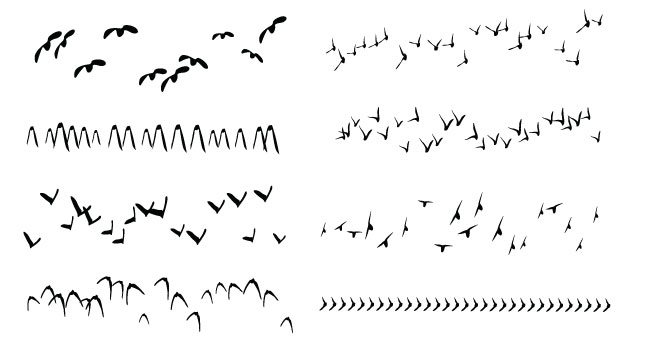
Here’s your download >> The Birds Scatter Brush Freebie
Have a great day, everyone!
Hero Image Photo Credit: Mark Sebastian: One Crow Left of a Murder on Flickr
Kawaii Illustration and Character Design
Every Wednesday, we scour the web for the best in inspiration from designers killing it at their craft. Please enjoy this incredible art and join us on Pinterest, where we’re dedicated to collecting our own work, as well as the work of those we most admire.
Kawaii is the name of the game today. How will this inspire your next design?
Header image by Clémentine Derodit



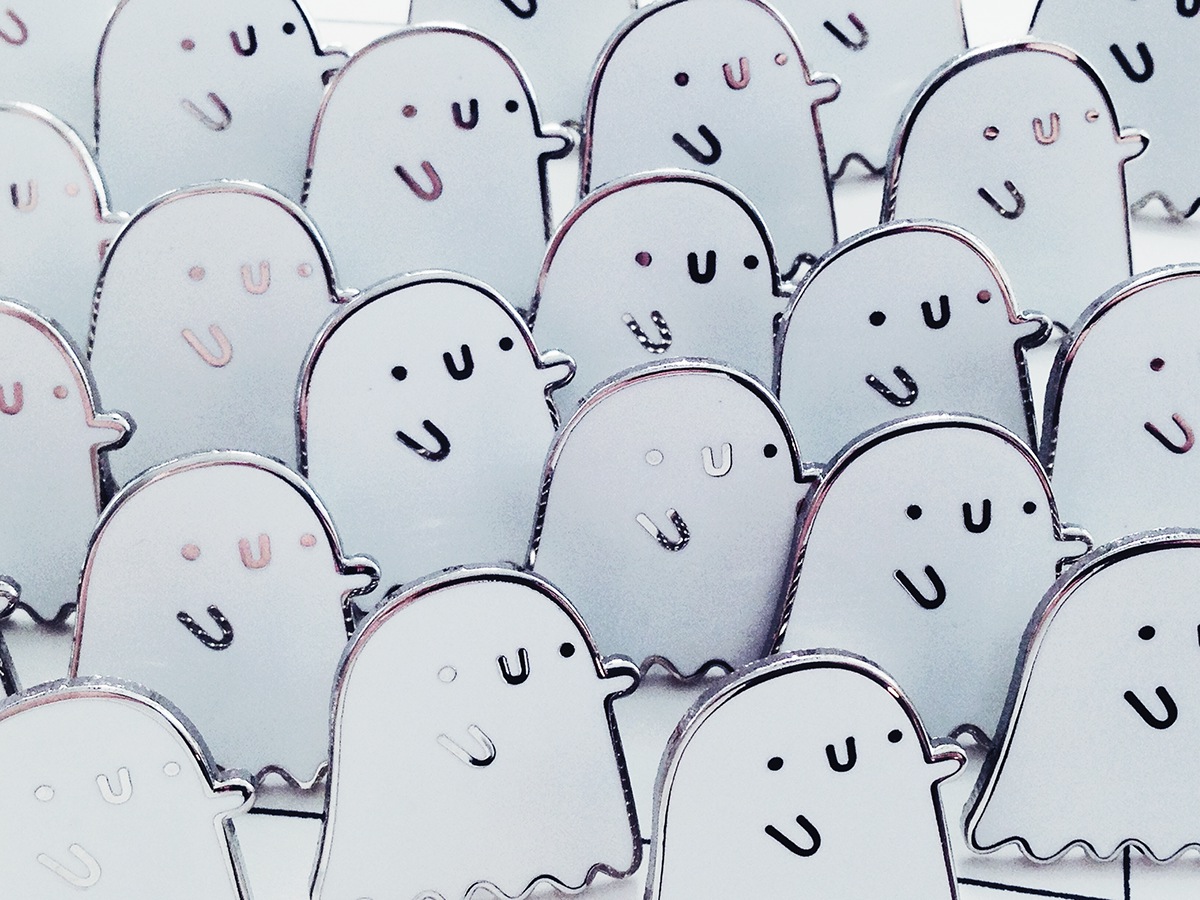









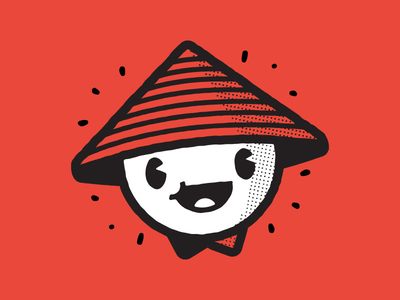




Have a great day, everyone!
Abstract Grunge Vector Box Freebie
Join us every Thursday, when your friends here at the Arsenal share insights, tips, freebies or other fun to brighten your work day.
Today we’re sharing some hand drawn, abstract grunge vector box freebies for downloading and enjoying immediately! Check out the Arsenal for more vectors known the ’round the world for being the best of the best.

Did you know that all of Go Media’s vectors are royalty free? We have thousands of hand-crafted illustrations like these you can use in your work, so definitely head over to the Arsenal to check them out.
Love our products? Access our huge product library ($11k in resources) and exclusive content for only $15/mth. Yes, seriously. Learn more now.
Here’s your download >> Abstract Grunge Vector Box Freebie
Have a great day, everyone!
How to Warp Text in Adobe Illustrator:
Our Design Tip of the Day shows us how to use envelope distortion to warp text in pretty simple yet wicked ways. Shall we get started? Read More ›
Japanese Wave Pattern Vector Free
Join us every Thursday, when your friends here at the Arsenal take over the Go Media blog to share insights, tips, freebies or other fun to brighten your work day.
Today we’re sharing a hand drawn seamless wave pattern modeled after Japanese wave patterns we’ve been into lately. Check out the Arsenal for more vectors known the ’round the world for being the best of the best.
Here’s what you’ll get with today’s download:
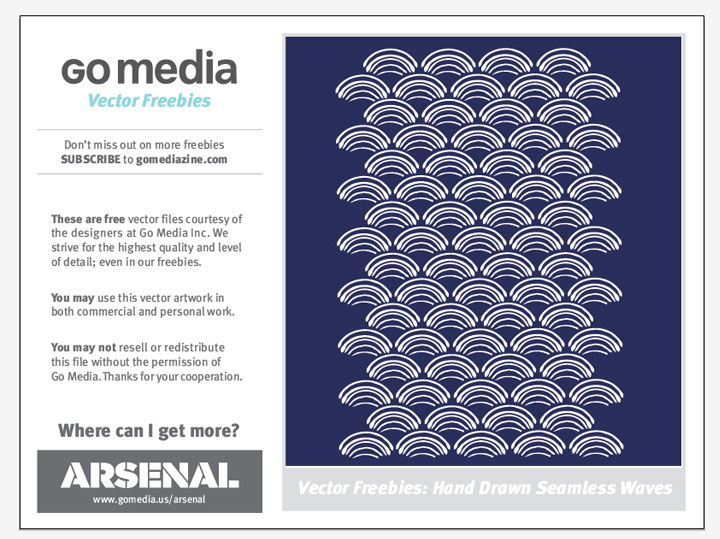
Did you know that all of Go Media’s vectors are royalty free? We have thousands of hand-crafted illustrations like these you can use in your work, so definitely head over to the Arsenal to check them out.
Love our products? Access our huge product library ($11k in resources) and exclusive content for only $15/mth. Yes, seriously. Learn more now.
Here’s your download >> Hand Drawn Drawn Japanese Wave Pattern Vector Free
Have a great day, everyone!
Hey Designers, are you making the most of hashtags on social media? If not, you can easily throw a tasteful number after each post and get some more eyes on your work. Let’s look at some hashtags that will give you the most bang for your buck, shall we? Read More ›
How to Organize Your Design Files
Design file names and folder structure are a key ingredient to your success as a graphic designer.
Read More ›
Free Star Vector Pack
Join us every Thursday, when your friends here at the Arsenal take over the Go Media blog to share insights, tips, freebies or other fun to brighten your work day.
Today we’re sharing some gold star elements we created exclusively for you.
Here’s what you’ll get with today’s download:

Did you know that all of Go Media’s vectors are royalty free? We have thousands of hand-crafted illustrations like these you can use in your work, so definitely head over to our vector page to check them out.
Love our products? Access our huge product library ($11k in resources) and exclusive content for only $15/mth. Yes, seriously. Learn more now.
Here’s your download >> Star Vector Pack from Go Media’s Arsenal
Have a great day, everyone!
Today, we’ll be using Adobe Illustrator to add some gritty, grungy textures to an Arsenal vector to take it from great to greater. Ready? Read More ›
9/7/2016: Beverage Packaging Design Inspiration
Every Wednesday, we’d like to scour the web for the best in inspiration from designers killing it at their craft. Please enjoy this incredible art and join us on Pinterest, where we’re dedicated to collecting our own work, as well as the work of those we most admire.
Today we’re going to narrow in on killer beveraging packaging design inspiration. Let’s take a look at what our fellow designers are doing over at Dribbble, shall we?
Cover image and beverage design packaging designed by your friends here at graphic and web design studio Go Media.




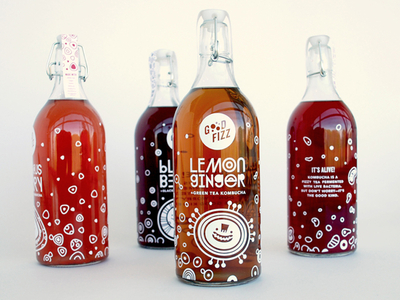





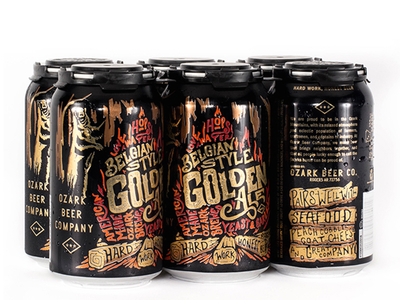

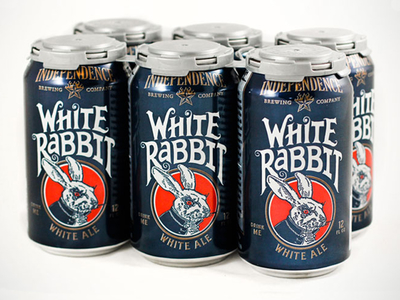
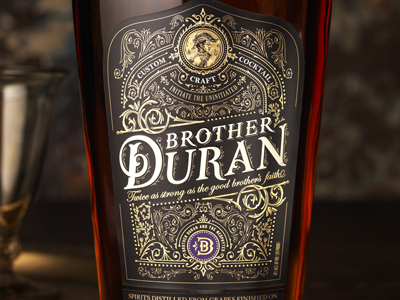











Have a great day, everyone. See you next Wednesday for more inspiration!
Narrow Your Focus for More Success
As entrepreneurs, we often have lofty goals. We want to be all, do all, achieve all. However, when we concentrate on fulfilling everyone’s needs, instead of becoming experts at our craft, we need to take a step back. Though we all may have a variety of skill sets, we should ask ourselves: What is it that I do best? Where do I shine? What can I bring to the table to truly impact my client’s business?
Narrowing your client focus can give you an edge over your competition in our increasingly competitive market. This is also a unique way to brand yourself and a way to begin to develop a unique personal style that clients will come to recognize and seek out.
We sat down with Gary Irwin, founder and creative director of the boutique design agency, Variant, who has found that specializing has been the key to growing his firm organically. Irwin’s particular client focus is the independent film industry and finds him spending the majority of his day partnering with distributors and filmmakers to create one-of-a-kind posters, packaging, and digital art. Concentrating on this market also fulfills both of his passions: filmmaking and graphic design. Win, win.
Ready to narrow your focus? Here are some tips to set you up for success, paired with Gary’s wisdom.
Decide where your efforts will be concentrated
If you’re ready to narrow your scope, take time to focus on where you’ve had past success and where your passions lead you. Do the majority of your clients come to you for packaging design versus hand lettering? What creative endeavors do you find yourself engaging in outside of work?
With over 15 years of design experience and leadership under his belt, Irwin found it a no-brainer to put all of his energy into the independent film world and specialize in what he did best. “I just knew,” he said, “this was my path, and I was ready to take the leap.” Variant was born.
Once you’ve made the decision to specialize, set up camp and get to work, but proceed knowing there will be hurdles to jump from the start. The unique challenge of choosing to narrow your focus is building a solid client base from a smaller playing field and selecting projects from a tiny portion of your portfolio.
As Irwin notes of his decision to specialize, “Knowing you want to do it and actually doing it are two different things. I think one of the most intimidating aspects of specializing in a particular offering is getting started. But while it’s challenging to get into the rotation and get your name out there (I went through a lot of stress early on, I still do), the rewards of becoming a go-to creative in a particular vertical market are ten-fold.”
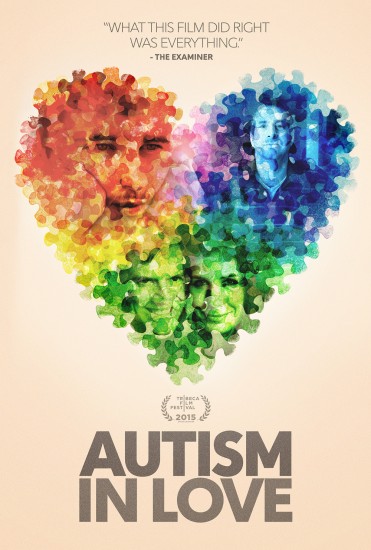
Create your mission statement and follow through
Once you’ve established your focus, it’s always a good idea to take the time to sit down and ask yourself some foundational questions to plot out what’s to be a successful journey. For example, why did you get into design and why are you in this business? Who are your favorite clients and why do you love working for them? What is your mission? Your vision? Your purpose?
Irwin carved out a mission statement to keep himself on track. “What I didn’t want to do was constantly hustle without moving towards something, so I spent a lot of time early on crafting my philosophy and launched Variant with a very specific mission statement.” In this statement, Irwin addressed his passion to work on key art for independent film, his drive to constantly improve his craft and his desire to narrow in on his vertical market.

Create great work and the clients will come
Though your initial road to landing clients once you’ve narrowed your focus may be bumpy, hard work, hustle and great work are always best. Have patience while you build your portfolio with examples of the work you want to do. Concentrate on making sure it’s the best it can be.
“Creating compelling work is my mantra. The work helps get the bigger fish to come. It will start to snowball into the attention you’re looking for. Use all of your typical marketing methods, of course. Blast as many people as possible. But the constant is making sure your work is solid,” Irwin suggests.

Constantly hone your craft
As you work on narrowing your focus, the clients will come and in turn, you’ll find an easier time identifying them. With more work will come more opportunity to become better at what you love to do.
“Because of a narrow focus, I know the market. I know who my customers are and I know how to find them, Irwin reports. “This has helped me tremendously in getting my name out there.”
“On a personal side, this is what I enjoy doing the most. I get to become an expert at what I love to do and it helps me stay sharp. Everything comes back to Variant moving forward in becoming the best at what we do.”
Thanks to Gary of Variant Creative for all of the great information he provided us in this post! Learn more about the work he does by visiting his official site, or get social with him over at Instagram, Facebook, Tumblr, or Twitter.
Create an Abstract Background in PS in Five Steps
Today, we’ll be creating an abstract background texture using Photoshop. Let’s start by opening PS and creating a new document, sized 4235 x 2927. Read More ›
In today’s Weapons of Mass Creation Fest talk, we hear from Cleveland Art Director, Illustrator and Designer Oliver Barrett. Read More ›
Our Design Tip of the Week combines two Arsenal product categories coming together for one hauntingly beautiful purpose. Today, we’re experimenting with Go Media vectors and textures. Are you ready? Read More ›
Download of the Day: Vintage Sunburst Vectors
Join us every Thursday, when your friends here at the Arsenal take over the Go Media blog to share insights, tips, freebies or other fun to brighten your work day.
Today we’re sharing four vintage sunburst vectors we created exclusively for you!
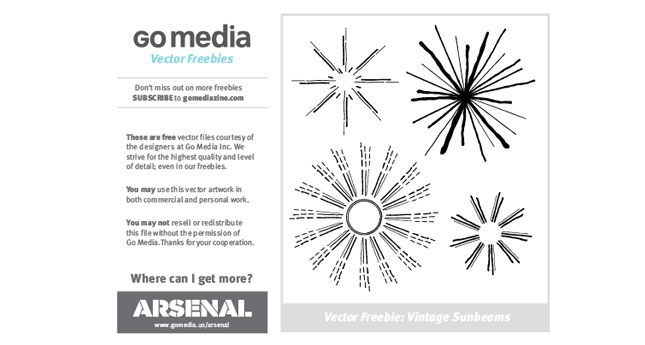
Download them now, enjoy them forever.
Here you go: Vintage Sunburst Vectors
For the World’s Best Design Weaponry, head to Go Media’s Arsenal.
Download of the Day: Free Hand Drawn Laurel Vectors
Join us every Thursday, when your friends here at the Arsenal take over the Go Media blog to share insights, tips, freebies or other fun to brighten your work day. Read More ›
In today’s Weapons of Mass Creation Fest talk, enjoy a candid conversation with headshot photographer and personal branding strategist Michael Cavotta, who shares the secret to unleashing your inner exceptionalist and getting face-to-face with your best self.
Michael Cavotta is an award-winning photographer, personal branding coach and ass-kicking agent of authenticity.
Prior to a career reboot in 2009, Michael had been a serial entrepreneur and venture catalyst with over 10 years of experience helping launch a long list of exceptional start-ups including iPod accessory pioneer, Mophie®. Along the way, he picked up a camera and taught himself how to use it, cutting his teeth shooting editorial food and interiors for Cleveland Magazine and other publications.
In 2010, Michael traded the mercenary work of branding opportunity for the missionary work of branding people. Six months later, he had secured an Associate position with renowned NY headshot photographer, Peter Hurley. By 2013, the distinction between Michael’s on-camera craft and off-camera coaching had disappeared, prompting his certification as a Reach® Personal Brand Strategist under William Arruda.
In the years that followed, Michael’s original thoughts on image and authenticity–what he likes to call the You Quotient™–have been published around the world.
You can learn more about Michael on his official site. Now, enjoy F#@% your Function / Fuel Your Fire…
About WMC Fest: Weapons of Mass Creation Fest is a massively popular three-day event created and hosted in Cleveland, OH. Attendees mostly include professional designers, artists, students and small business owners who flock from around the country, including popular creative hubs like New York, Los Angeles, Austin, San Francisco and Chicago. This year, attendees will have access to 10 speakers, 8 workshops, 3 panels and over 20 vendors. Alumni include Stefan Sagmeister, Michael Bierut, Debbie Millman, Tad Carpenter, Aaron Draplin, Austin Kleon, Brandon Rike, Chuck Anderson, Dan Christofferson, James White, Johnny Cupcakes, Mark Brickey and the Adventures in Design Podcast, and Jon Contino and National Poster Retrospecticus. WMC Fest attendance has ballooned every year since its 2010 debut, with over 1,200 packing event venues in 2016. Stay tuned to more information about next year’s event at wmcfest.com.
Join us each and every week here at the Arsenal blog, where we we’ll be sharing a design shortcut or mini-tutorial to make your life a little easier (and design a lot more fun). Read More ›
Our next Weapons of Mass Creation Fest talk comes to us from Lenny Terenzi, long time friend of WMC Fest. Read More ›
Today’s design tip will only take a minute or two out of your day. We’re going to show you how to quickly change layer opacity. Let’s go! Read More ›
Design Tip of the Week: How to Create a Color Swatch from a Photo in PS
Creating a color palette before getting your hands dirty will help you work more efficiently. If you know which colors you’re inspired by, let’s create our palette and say goodbye to extra hassle.
Read More ›
Our fearless Weapons of Mass Creation Fest emcee, OKpants, explores what inspiration truly means in this short video. Read More ›
Cotton Bureau talks “Founding an Accidental T-Shirt Empire”
Today’s Weapons of Mass Creation Fest 6 talk comes to us from Jay Fanelli and Nathan Peretic, founders of Cotton Bureau. Read More ›










